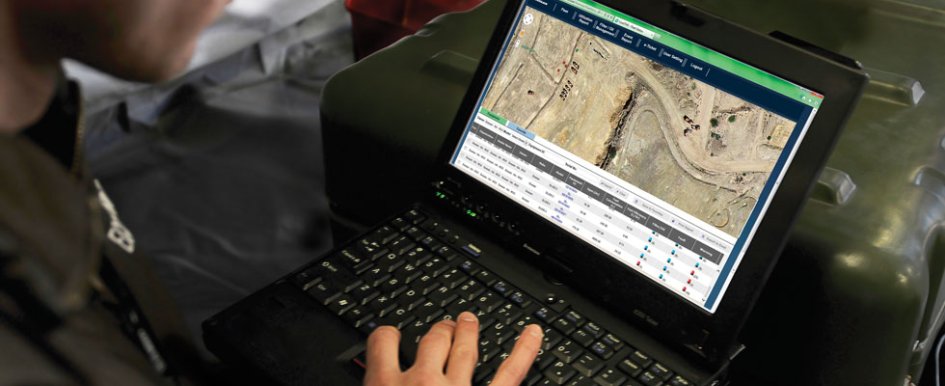
In recent years, telematics systems have advanced and now offer even more benefits than earlier versions. If you aren’t already taking advantage of these systems, you may be surprised to learn how much information is available to help you better manage your fleet.
You may have wondered how to best track how many hours have been put on a machine or how much fuel it consumes. You can get answers to those questions and more with data provided by a telematics system. Telematics systems provide actionable information that you, your dealer and manufacturers can use to enhance your equipment.
Telematics allows you to track your equipment and stay on top of preventive maintenance. These systems have evolved from a nice-to-have option to a vital part of a machine. While many contractors are eager to embrace the data, some are more hesitant. Read on to see some examples of why telematics systems are a hit with contractors who use them and how the data is beneficial to their business.
The History of Telematics
Telematics systems have been used in construction equipment since the early 2000s. Telematics components have evolved to provide easy access to a plethora of data from the machines. In the past, fleet managers may have had to wait until the end of a workday or a workweek to review the data, which was less efficient.
Today, these components are more accessible than ever and send valuable information to fleet managers. This easy, remote access is even more important with the transition to more remote work environments.
The Current State of Telematics
Most original equipment manufacturers (OEM) offer telematics systems on new equipment. Some may require a small fee to access the telematics system and its data. Regardless, talk to your dealer and ask how to use telematics on your machines, and have them provide you with a login and a tutorial to get the most out of the system. You can analyze the data that comes from the system to make data-driven decisions instead of guesswork. Whether you’re shopping for a new piece of equipment or comparing multiple worksites, the data from telematics can be extremely useful to improving your efficiency and profit margins.
Privacy Concerns
One reason that some contractors have been hesitant to embrace telematics is a concern about privacy. Telematics offers many individual data points, some available in real time. So, anyone with access to the telematics system interface can access location, engine hours, engine temperature, machine idle time, fuel use and more. But if you only share the telematics login with those who need to see the data, there is little reason to worry about privacy. Access to telematics data is controlled by the fleet manager or business owner, allowing you to ensure that nobody outside of your organization can access without your knowledge.
How Is the Data Used?
Three groups benefit from telematics data: your company, your dealer and the OEM. Your company can compile telematics data into weekly or even daily reports within the system. And over time, you can get a sense of the utilization rate of a machine and can better plan the use of the equipment — allowing you to bid for your next project more accurately. As bids get tighter, it’s more important than ever to be accurate with a bid to provide the best possible service to your customers.
Another advantage of having all this information on hand is that it’s easier to have one-on-one operator training and ensure that operators actually understand how to use their equipment in the most efficient way possible. You can say, “Your machine is idling a lot, which is adding hours and burning through warranty time,” and have the data to back it up.
For your dealer, the telematics data ensures that your machines are running efficiently. If your local dealer notices a pattern, such as a wheel loader model routinely displaying a fault code, the dealer can send a service technician to repair
the problem.
At the highest level, equipment manufacturers can gather telematics data and analyze it to manage sales and trends. This data provides insight on what equipment contractors are using, how often a machine is used and for what purpose. This data helps manufacturers determine when machines may need to be replaced, which parts need to be stocked most often and what time of year brings in the most business — all critical functions in a time where supply problems loom.
A few construction equipment brands that offer telematics management systems also utilize a telematics monitoring center. The center is staffed by the manufacturer’s employees as a hub to remotely monitor its equipment.
This allows manufacturers to learn in greater detail what issues can arise with their machines and why. Some companies proactively work with their dealers to provide strategic fleet management recommendations to improve machine performance.
Today, more than ever, the world is driven by data. If you’ve been holding back on the use of telematics data, consider visiting with your dealer for a demo. Start slow and add more detail as you feel comfortable. Ultimately, the goal is to gain enhanced value from the system to meet your fleet management needs.
